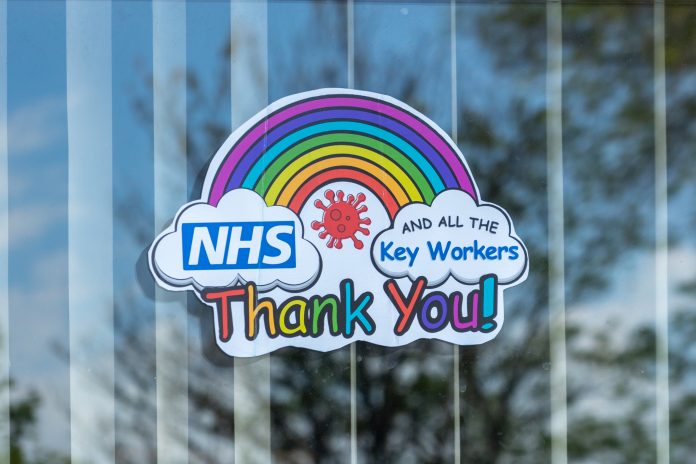Jim Darragh, CEO of Totalmobile, explores how rapidly deployable technologies are ready and available to help tackle the challenges faced by field-based public sector workers during the fight against COVID-19
Never in my lifetime has so much pressure been applied to the public sector in such a short period of time. It’s only right that those providing front-line services are getting the recognition and applause they deserve. However, we need to support our key workers, and a luxury we do not have right now is time. With current challenges such as employee sickness and stretched capacity, the complexities behind service delivery have been amplified to a point where they are unmanageable, unless we make changes. Therefore, we need to look at available innovations to help us in the fight against COVID-19.
Interestingly, workforce management technology is something that the health and care sector has embraced over the last 18 months. But now all organisations must do similar, and this must happen with pace. By adopting field service management techniques today, organisations can rapidly digitise and automate processes to enhance the visibility, allocation, tracking and performance of our large, fluctuating workforces.
Increasing workforce capacity
With COVID-19 putting additional pressure on already stretched teams, organisations are doing all they can to free up more capacity. One of the main frustrations we hear from frontline workers is around administration and how it drags efficiency. The cumulative time it takes to check jobs, access background information, capture data, submit reports and re-key information into IT systems is astounding.
Field service management software can quickly digitise and automate much of this admin, replacing paper-based processes. Further to this, it’s an enabler towards the improved organisation, deployment and management of an organisation’s workforce, enhancing overall capacity.
The productivity boost generated increases the volume of jobs a remote workforce can deliver by around 30%, ensuring public sector organisations can deliver more timely and higher quality services at this difficult time.
Organising a volatile workforce
Whilst the demand for essential services continues to rise during the crisis, COVID-19 is having a dramatic effect on absence levels amongst workers.
As employees either fall ill themselves or self-isolate due to symptoms in their household, organisations that rely on manual processes to balance service demand with employee availability, are facing an additional challenge. Workforce scheduling technology is providing a solution to this challenge.
Managers can use online tools to remotely prioritise work and match it to those personnel who are relevant, available and in closest proximity. This ensures limited resources are deployed effectively to those most in need of support.
Reducing transmission risk
Community-based key workers are putting themselves, colleagues and some of the most vulnerable people in society at risk of contracting COVID-19. Innovations in assistance technology can drastically reduce unnecessary face-to-face contact by supporting remote engagement and collaboration with citizens.
Some tasks or issues which previously would have required a scheduled visit could be resolved remotely using shared live interactive video streams and self-service portals. If a physical presence is still required, then employee’s mobile devices can provide standardised workflows that support social distancing measures.
Crucially, mobile-enabled software can also support compliance by providing immediate visibility over where people are, where they have been and what actions they took.
Supporting health and wellbeing
It’s essential during this health crisis that public sector organisations do all they can to look after and engage with their front-line workers.
Given the fluidity of the COVID-19 situation, employees need to be made aware of the latest updates, guidance and procedures. They also should have mechanisms to report their wellbeing status and access support.
Cloud-based field service management technology can provide a two-way communication and engagement channel via an employee’s mobile device. This allows updates to be instantly pushed to large workforces while providing employees with a way to record how they are feeling and inform employers of any symptoms, issues or requirements to self-isolate.
Organisations can then monitor their wellbeing, make timely and appropriate interventions with offers of support and quickly react to any resourcing challenges.
Change is coming and here to stay
These technologies are available and can be rapidly deployed within your organisation. Just last week we enabled a major NHS Trust to mobilise 500 of their Community Nurses in less than 6 days.
The need for these technologies has been emphasised by the challenges presented to us by COVID-19. Change is now vital, not just for today and tomorrow, but for the future as well. Our working environments will never be the same and it’s key that we are prepared for what is to come.











